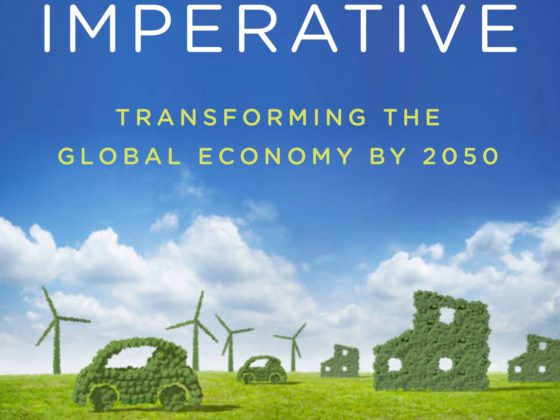Electrification of automobiles is underway and we are on track to decarbonize this sector by 2060. Skeptics of electrification warn that more electric cars on the road will lead to a significant increase in electricity demand, which could mean more carbon emissions, not less. Counterproductive? Perhaps, but only if efforts to decarbonize the electric utility sector weren’t also happening simultaneously.
Last year, renewables represented close to 50% of new generation capacity added in the United States. Worldwide, renewables made up 61% of new capacity and 19% of total generation capacity. So yes, it’s happening. Will it be able to keep up with electric car growth? That depends on many factors.
This week UVA Darden’s Batten Institute released the second in a series of sector-focused research reports – Path to 2060: Decarbonizing the Electric Utility Industry – that looks at the role of technology and innovation in addressing climate change and the levers that can help facilitate the shift to cleaner electricity generation. We explore four zero-emission technologies: hydropower, nuclear, wind, and solar.
Accompanying the report is a podcast where industry representatives Devin Welch, Sun Tribe Solar, and Erik Haug, Apex Clean Energy, join us for a discussion on market barriers and the opportunities for widespread adoption of renewables; and they share their predictions for the future. Spoiler alert, we are all optimistic.
Will we decarbonize electricity generation by 2060? Not likely, but we are on the right path and have reached a tipping point. But what about solar tariffs, relaxed EPA regulations, and other politically-driven efforts to stall progress? As Professor Mike Lenox likes to say, “technology always wins”. Longer term, wind and solar are those winning technologies, it’s basic economics. What could accelerate broader technology adoption and what barriers still lie ahead? Here’s a hint – grid modernization.
The electric utility report, podcast, and webinar are available on our Research page. Stay tuned for our next sector report on industrials scheduled to be released in September.




